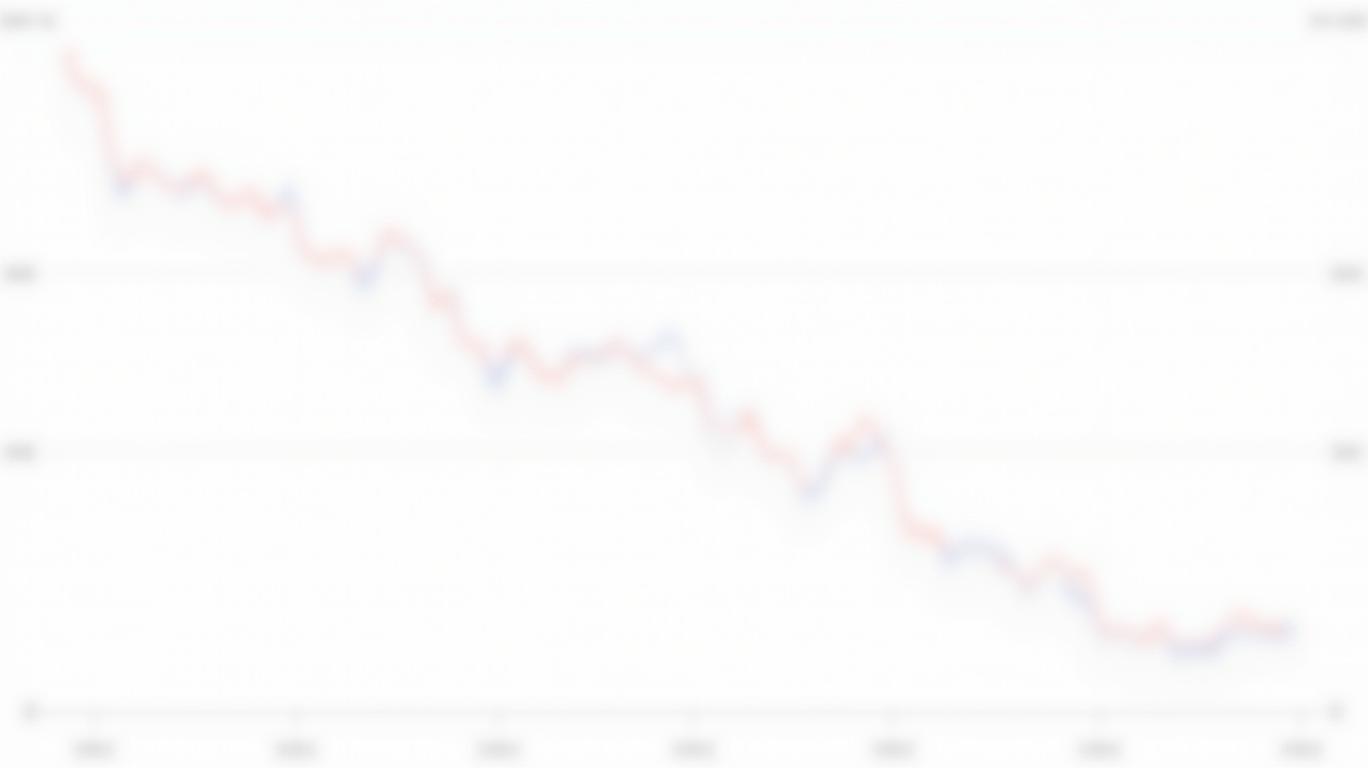US Import Prices Surge Unexpectedly in October
Friday, Nov 15, 2024 9:08 am ET
US import prices rose unexpectedly in October, with a year-over-year change of -1.82% (YCharts, 2024). This shift contrasts with the long-term average of 1.83% and follows a period of significant increases from April 2022 to March 2023, reaching a peak of 13.01% (YCharts, 2024). The recent rise in import prices can be attributed to surging global shipping costs, which have been driven by supply chain disruptions, labor shortages, and geopolitical tensions (Boston Fed, 2024). The pass-through of these increased shipping costs into import price inflation has been significant, particularly during periods of severe cost surges (Boston Fed, 2024). Despite these recent changes, a balanced investment portfolio, combining growth and value stocks, can help mitigate risks associated with market fluctuations.
The recent surge in US import prices has significant implications for supply chain dynamics and company profitability. This increase, driven by global shipping cost surges (Boston Fed), affects industries heavily reliant on imported goods. Companies must navigate higher input costs, potentially leading to reduced profit margins. To mitigate this, firms may need to renegotiate contracts, seek alternative suppliers, or pass on increased costs to consumers. The impact on profitability varies by industry, with those less exposed to global supply chains better positioned to weather the storm.
Companies can mitigate the impact of rising import prices on their stock performance by implementing strategic moves such as diversifying supply chains, negotiating long-term contracts with suppliers, and investing in domestic production. By doing so, they can reduce their exposure to global shipping cost surges and maintain stable input costs, ultimately enhancing their stock performance.
In conclusion, the recent rise in US import prices, driven by surging shipping costs, presents challenges and opportunities for investors. By understanding the dynamics at play and implementing strategic moves, companies can navigate these headwinds and maintain strong stock performance. A balanced investment portfolio, combining growth and value stocks, can help investors mitigate risks associated with market fluctuations. As always, it is essential to stay informed about market trends and individual company operations to make well-informed investment decisions.
The recent surge in US import prices has significant implications for supply chain dynamics and company profitability. This increase, driven by global shipping cost surges (Boston Fed), affects industries heavily reliant on imported goods. Companies must navigate higher input costs, potentially leading to reduced profit margins. To mitigate this, firms may need to renegotiate contracts, seek alternative suppliers, or pass on increased costs to consumers. The impact on profitability varies by industry, with those less exposed to global supply chains better positioned to weather the storm.
ADAP, ADIL, ADXN, AG, AMLX...Market Cap
Companies can mitigate the impact of rising import prices on their stock performance by implementing strategic moves such as diversifying supply chains, negotiating long-term contracts with suppliers, and investing in domestic production. By doing so, they can reduce their exposure to global shipping cost surges and maintain stable input costs, ultimately enhancing their stock performance.
In conclusion, the recent rise in US import prices, driven by surging shipping costs, presents challenges and opportunities for investors. By understanding the dynamics at play and implementing strategic moves, companies can navigate these headwinds and maintain strong stock performance. A balanced investment portfolio, combining growth and value stocks, can help investors mitigate risks associated with market fluctuations. As always, it is essential to stay informed about market trends and individual company operations to make well-informed investment decisions.








